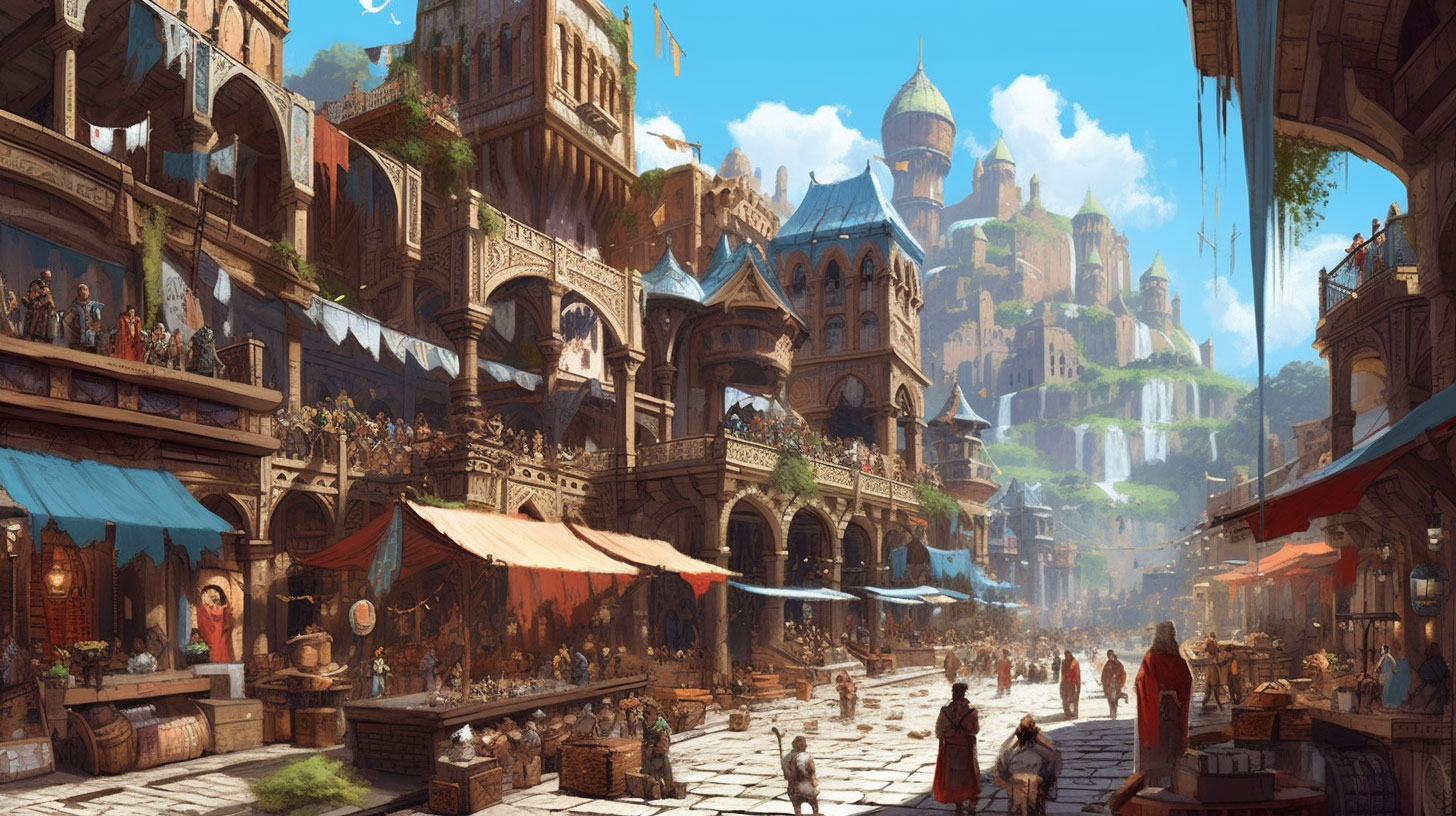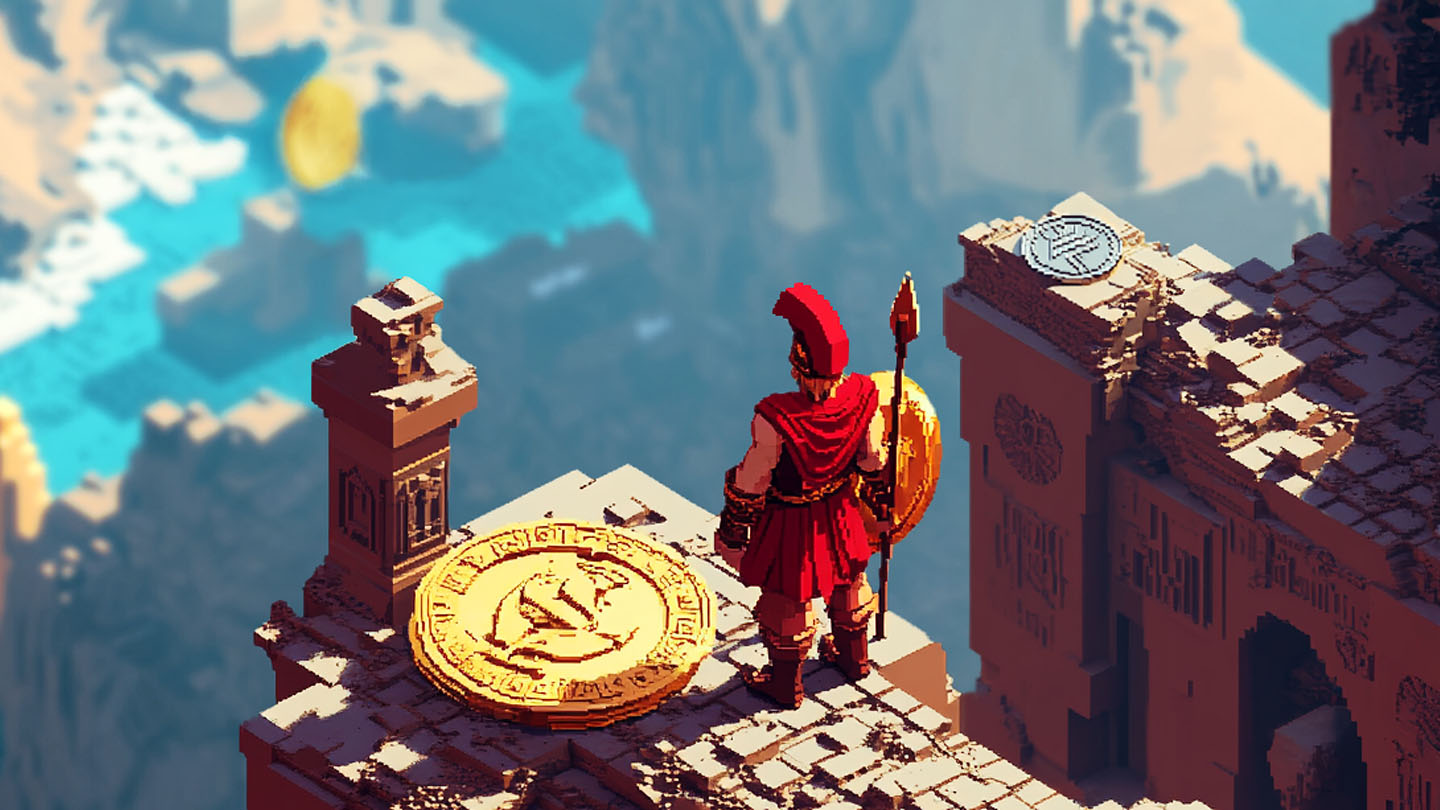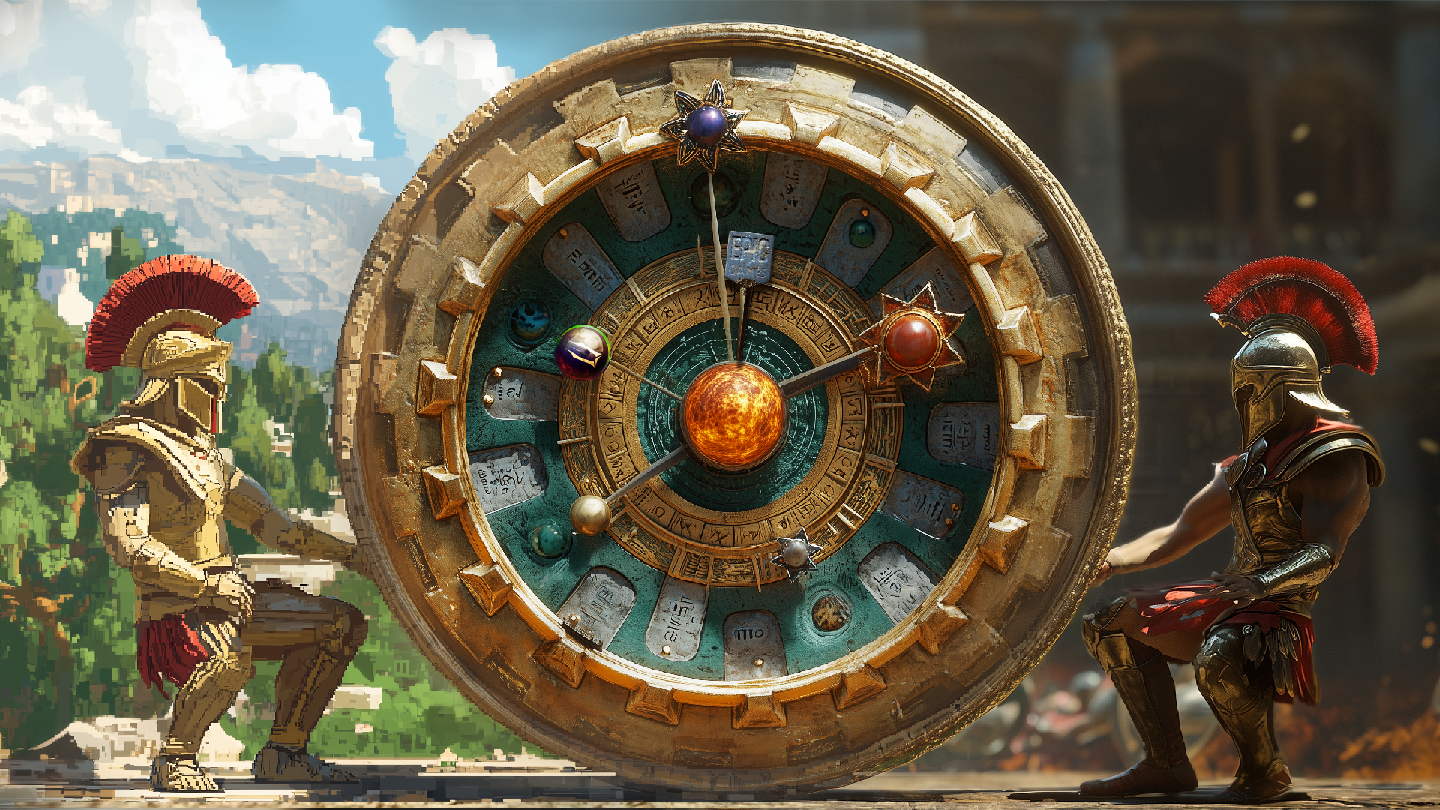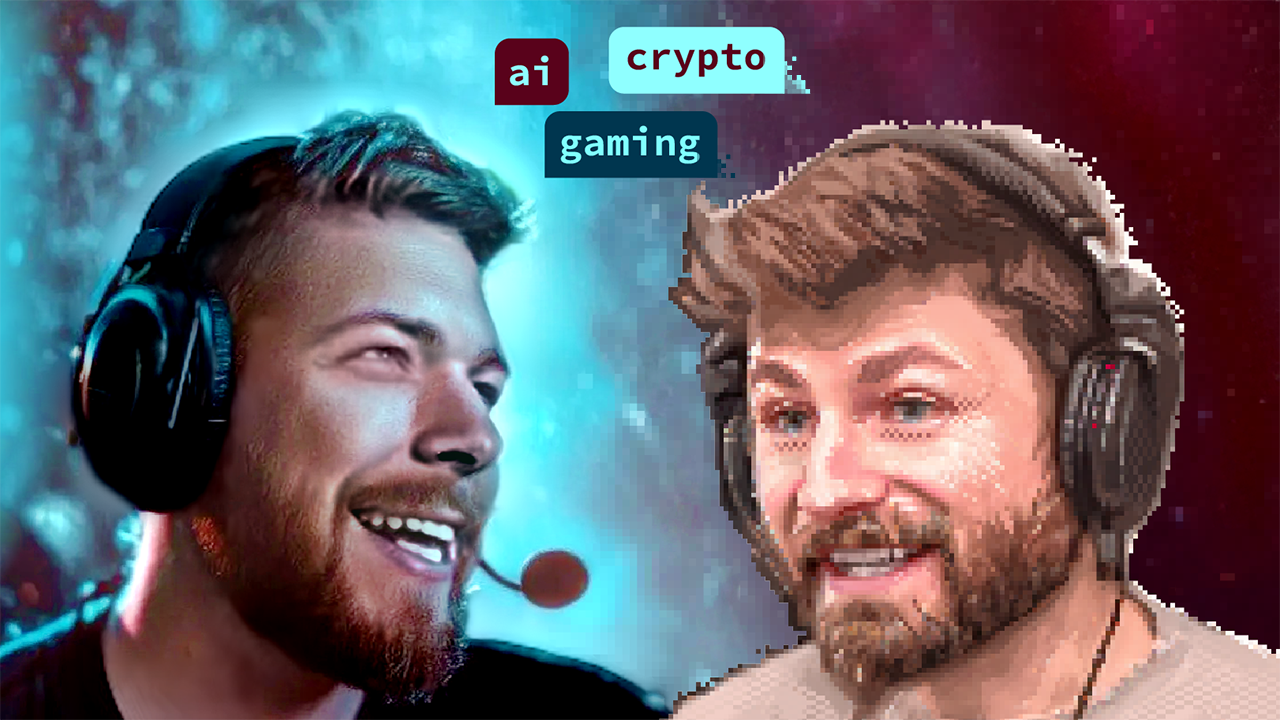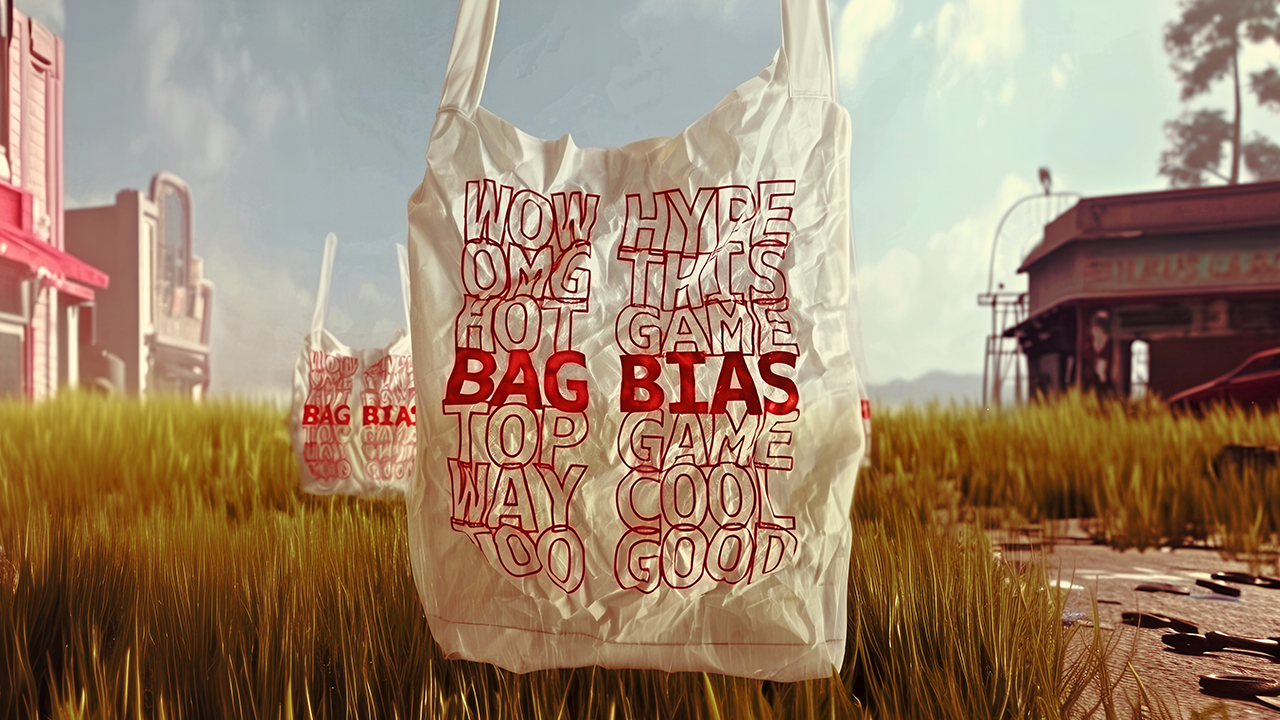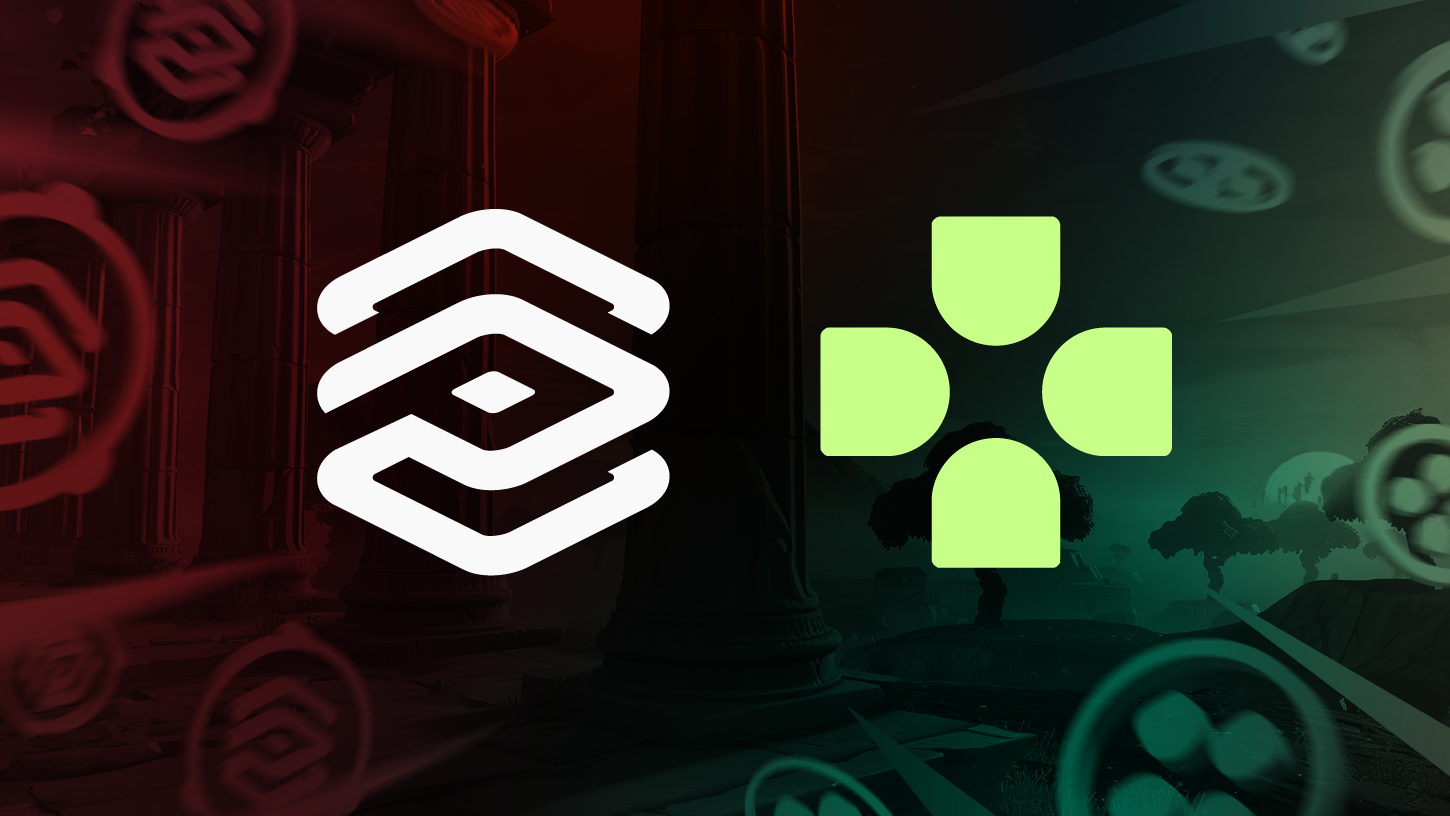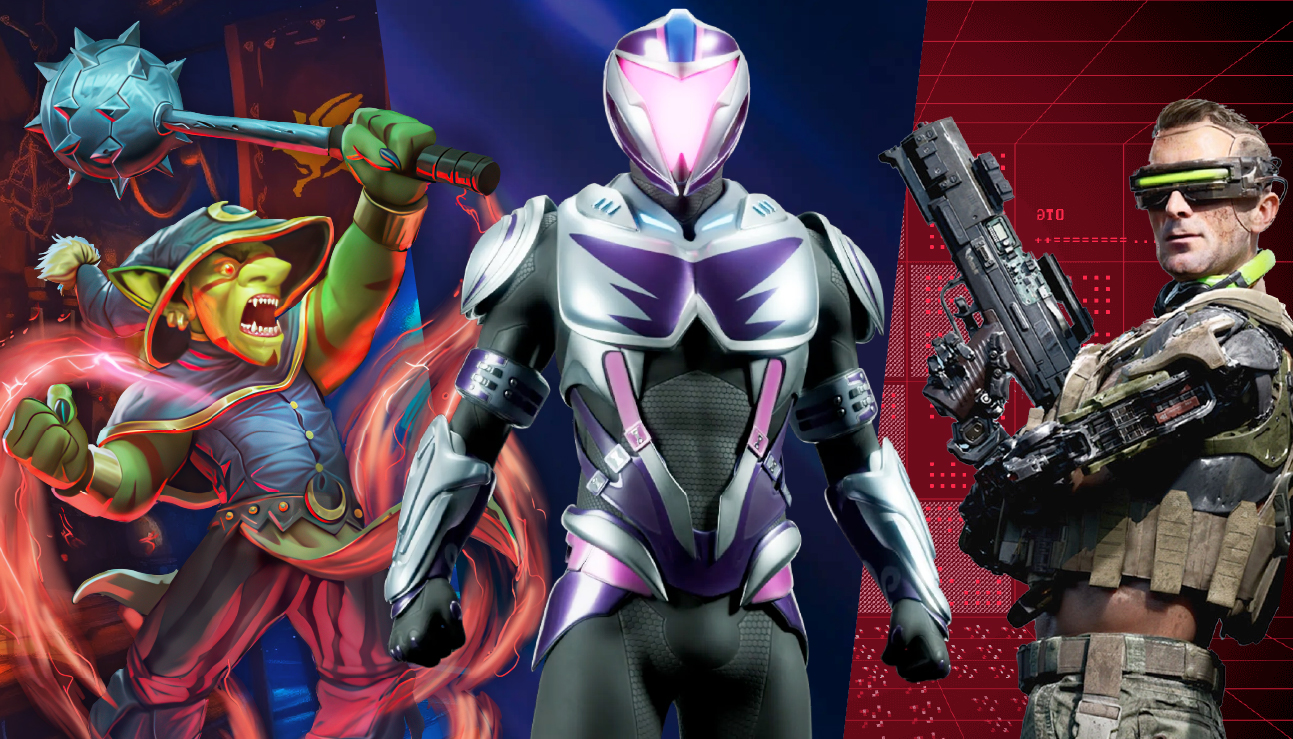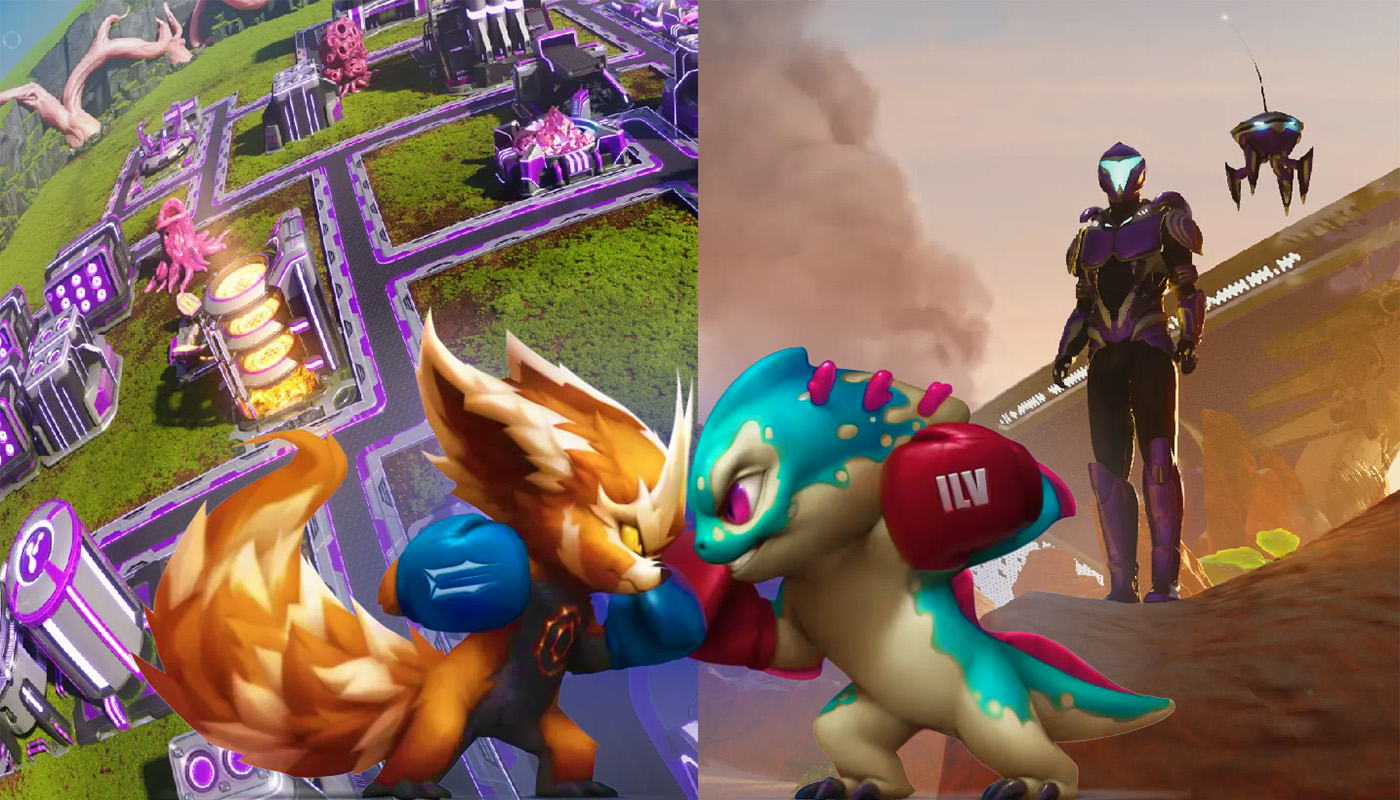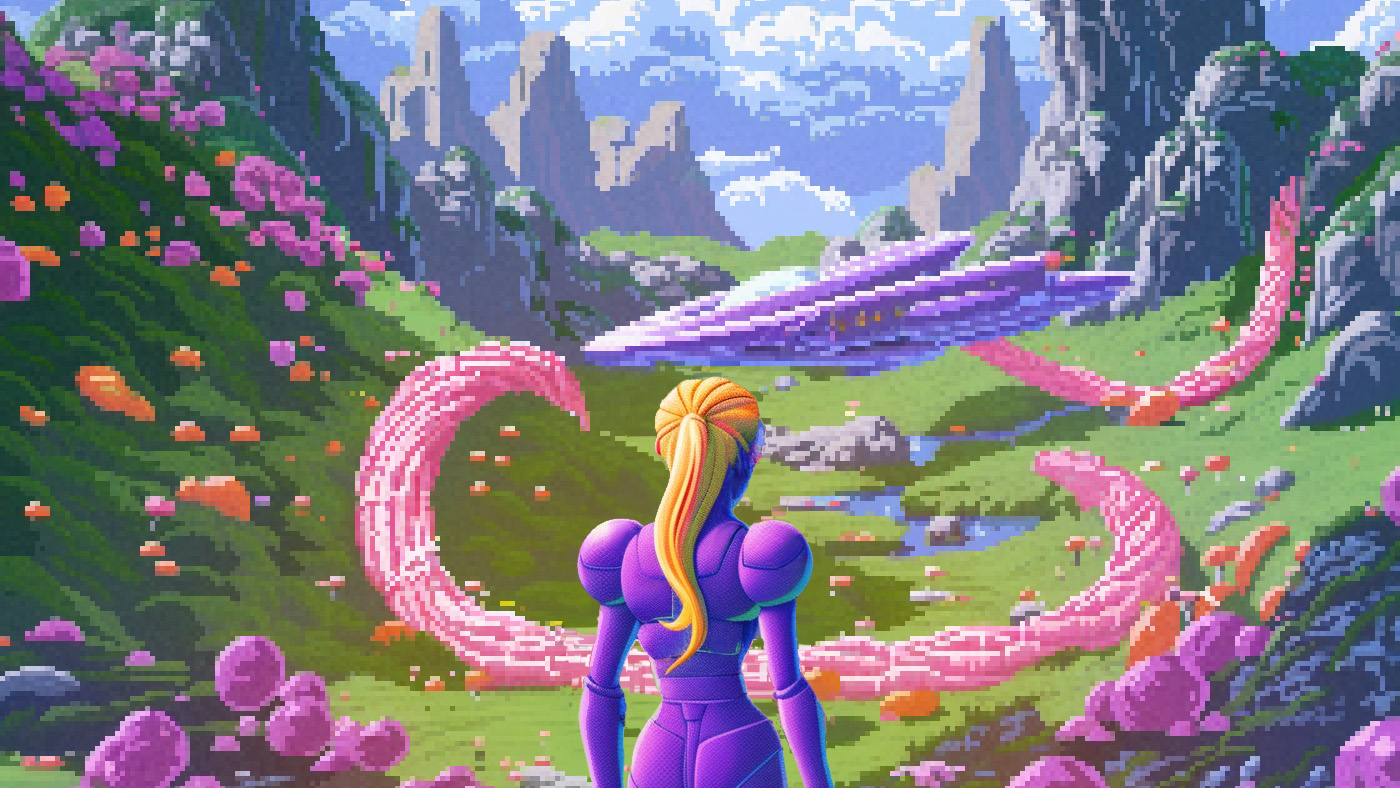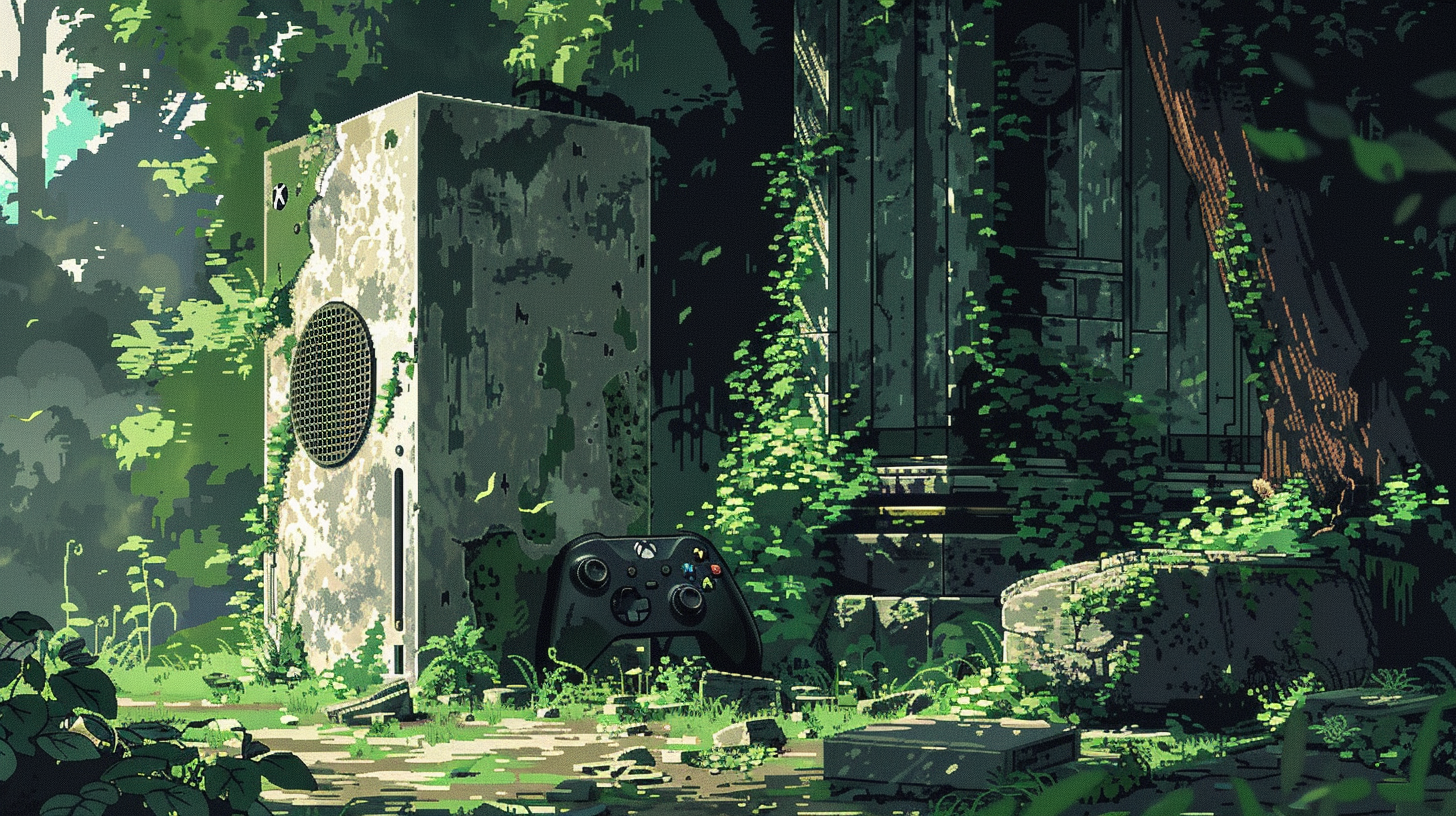I am proud of my technical/financial colleagues at Polemos today: they have built and launched a system that lets you rent and stake game NFTs (unique digital items).
It wasn’t easy.
Our system is called The Armory and it is operational for one game at the moment – Galaxy Fight Club (GFC). You can rent GFC weapons and characters for periods up to seven days. In the coming months we will roll out the system to other games and blockchains, and while every one will require incremental effort, the process is sure to become less painful.
Why so hard to begin with? NFT rental might sound simple, but the truth is that the decentralized nature of the blockchain and the many ways it can be used mean you have to go to great lengths to create a secure rental platform.
Secure for both the gamers and for the platform. Think about it: the killer attribute of the blockchain is the lack of a central authority. If we just “rented out” our GFC assets – Polemos owns a handy trove of guns, blades and shady characters – without a system, all we could do is ask nicely for them to be returned at the end of the rental period. There is no sheriff in crypto-town, and our trove would be gone in moments.
There’s also the issue of how the assets work within the game itself. Some games, like Illuvium for example, allow you to “burn” NFTs to create other NFTs (several Illuvials can be merged to form a higher-level creature). You might damage or destroy NFTs in other games.
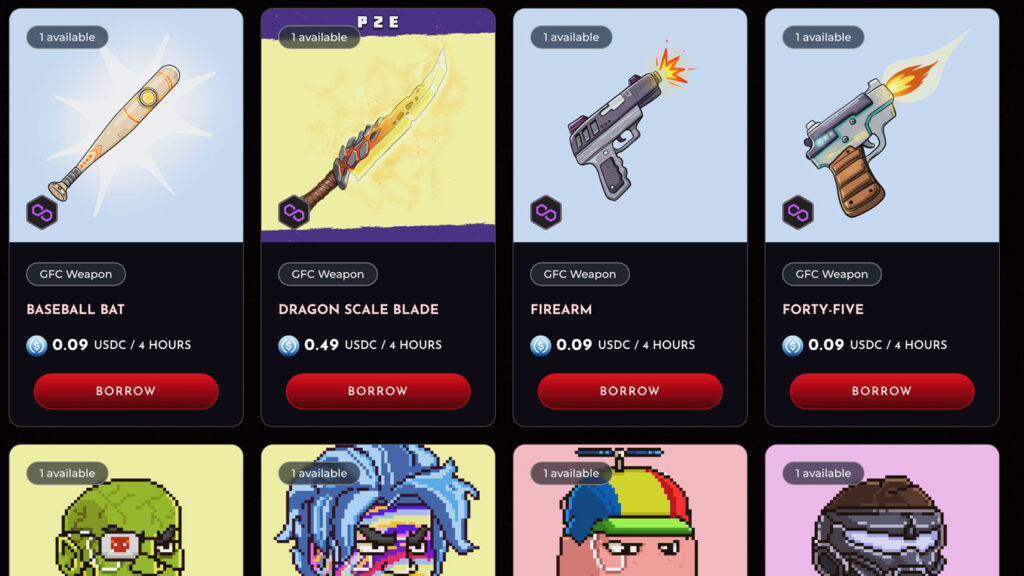
Our solution is to create a special crypto wallet for each user of the Armory. This Polemos wallet holds all the rental assets, and any other assets the gamer cares to transfer to it, and is then connected to the particular game for gameplay. This might sound odd to a non-blockchain gamer, but anyone in this space already has multiple wallets and is inured to signing contracts like a maniac. Because this wallet remains within our control, we can make sure none of the rented assets are transferred, damaged or destroyed.
It’s not just our own NFTs we are protecting. The Armory allows gamers to “stake” their own assets, putting them up for rent for a defined period. They receive a percentage of the rental funds in return, and do have the ability to end the rental period earlier if they find themselves short a Dragon Scale Blade (see picture above, if you can read the writing).
This is an important moment for Polemos.
There is more than one way that blockchain tech can be used in games, but the main use case, and the easiest one to understand, is turning game items into NFTs.
This is one great, rock solid promise of BG: to really own the virtual things you use in games. When you really own something, you can do what you like with it: sell it, give it away, rent it out, all independent of whoever made the game. With the launch of the Armory, Polemos is making itself part of blockchain game infrastructure.
Here’s the story I wrote for our site, with a video of Caveman running through the system. Internally, I referred to this an our anti-anxiety video. Let me know if we succeeded on that front.
Here’s our press release about the launch.
From three figures to a K
One of the seminal moments in the life of every account is when your followers cease to counted indiviually. We have reached that moment on Polemos YouTube: we turned 1000 this week. I invite you to go there right now, click subscribe and join the crowd.
You should also check out the video of my interview with Wildcard’s Paul and Katy Drake Bettner, the BG power couple, published today.
Star Atlas

Last week I had a bit of a go at Star Atlas for being a dreaming game. I’m not taking it back. They really are dreamers, and that’s not a bad thing unless you’re an investor and want to see your money again.
The dreamers have made some beautiful spaceships. Check out the video in this story for numerous payoffs:
- What Mogglin looks like
- What size spaceship impresses him
- How physics can be entirely ignored by game developers
I’m planning a video on the last item: Caveman has a aerospace degree of some kind, so expect big things. Read
Apple’s Vision Pro
Apple is probably going to be punished for releasing a product without a purpose when the Vision Pro comes on the market early next year. It’s also possible that, given it’s phenomenal price tag ($3500), so few people will actually get to use it that its mystique will remain intact.
The main problem is social isolation. Yes, we spend hours effectively alone every day on our phones and other devices, but we don’t feel alone. With your head in a bag, you feel alone.
With the release of Meta’s Quest 3, and this announcement, there will be implications for gaming, which remains one of the massive potential use cases for VR goggles. Some BG studios (for example, Wilder World) were enthusiastic. Read

